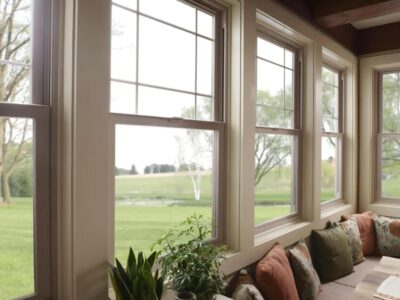Hot water heaters are necessary in households and workplaces for bathing and dishwashing. Water heaters manage pressure and temperature to avoid hazards. Pressure release valves are essential to water heating safety. Pressure relief valves for water heaters are crucial to NSPIRE (National Standards for Inspection of Residential Properties) compliance.
Knowing Pressure Relief Valves
A water heater’s pressure relief valve automatically releases pressure when it reaches a limit. This system prevents tank overpressure from causing explosions or scorching. Tank pressure rises when water expands when heated. To protect residential property safety, NSPIRE Standard for Water Heaters requires all water heaters to have a working PRV. A pressure relief valve opens when tank pressure exceeds the specified limit, releasing excess pressure via a discharge pipe or into a designated region. This pressure release keeps the water heater and nearby buildings safe.
Meeting NSPIRE Standards
NSPIRE standards provide residential unit safety and habitability via standardized and thorough property inspections. Pressure relief valves on all water heating systems are crucial to these regulations. A working PRV supports NSPIRE’s aim to protect people and property. These rules safeguard families and aid property owners avoid negligent lawsuits. A defective or failing PRV might cause expensive repairs, injuries, or death. In compliance with NSPIRE requirements, homeowners and property managers must prioritize pressure relief valve installation and maintenance.
Hazard Prevention
Pressure relief valves are essential for home safety beyond regulatory compliance. Overheating and overpressure in water heating systems may induce tank ruptures, which can cause severe water damage, injury, and death. Pressurizations relief valves reduce these concerns and enable safe operation. PRV checks should be part of normal maintenance. Homeowners should inspect for corrosion, wear, or leaks to indicate valve replacement. Maintenance issues may cause catastrophic valve failure, particularly in older water heaters that have not been maintained. Thus, a thorough maintenance plan assures NSPIRE compliance and a safe living environment.
Energy Efficiency and Water Heater Life
In addition to safety, pressure relief valves improve water heating system energy efficiency and lifetime. These valves improve efficiency by maintaining proper pressure. Pressure over permissible limits may strain water heater heating elements and other components, causing premature wear and failures. An efficient water heater saves money and lasts longer. Overheating may be prevented with a working pressure relief valve, saving households money. The PRV must be maintained regularly to maximize water heater efficiency and return on investment.
Pressure Relief Valve Selection and Installation
The correct pressure release valve is essential for water heater safety and efficiency. Professionals should help homeowners choose a valve that fits their water heating system. Consider temperature rating and pressure parameters while selecting. Installation must be done appropriately to meet NSPIRE criteria. Poorly placed PRVs might cause safety or efficiency difficulties. Homeowners should employ skilled installers who observe local construction codes. Property owners and tenants may rest easy knowing the valve works properly with regular testing and maintenance.
Water Heating Safety First
In conclusion, water heating systems need pressure relief valves for safety, compliance, and efficiency. Following NSPIRE PRV installation and maintenance guidelines protects households from overpressure and overheating and extends water heater life.











Comments